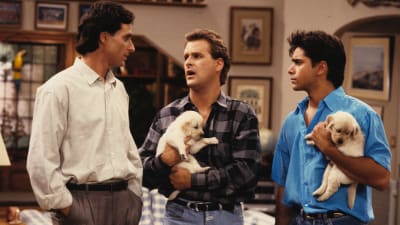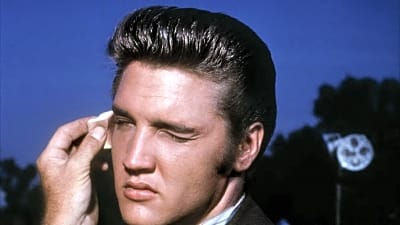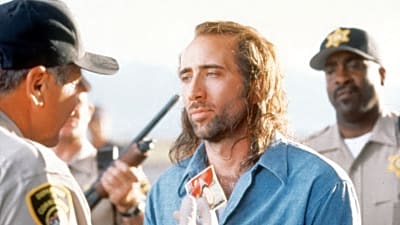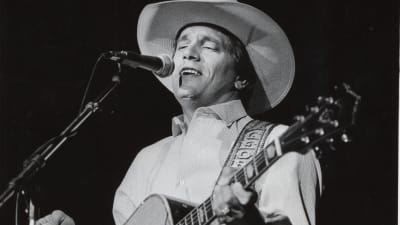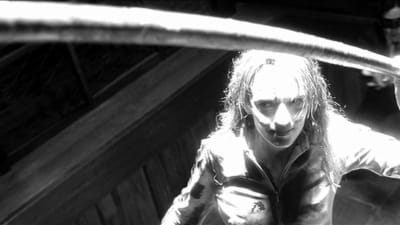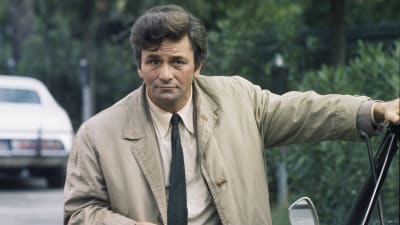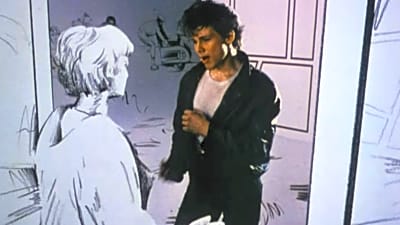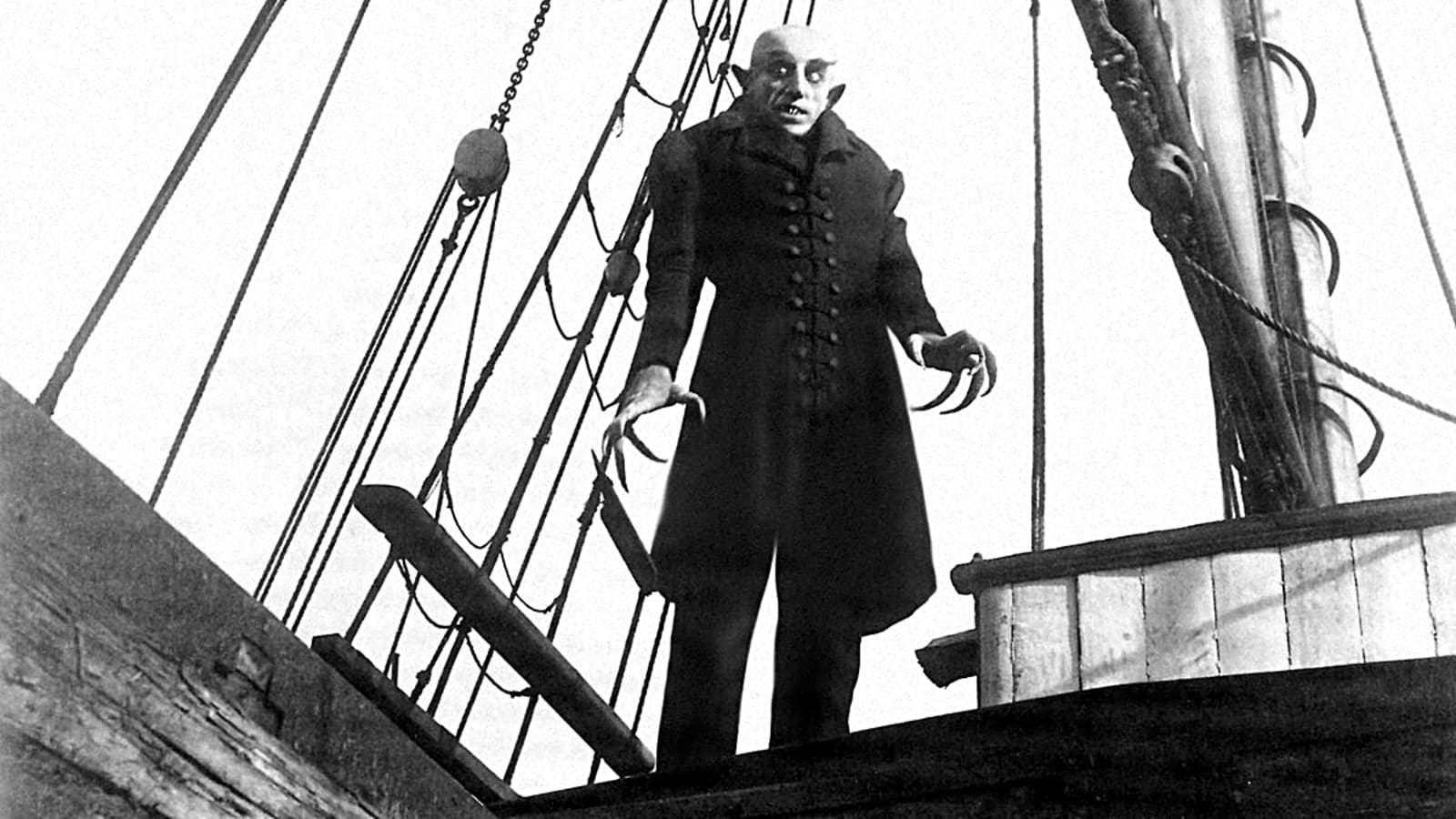
Horror has existed in cinema since the medium was invented in the late 19th century. But horror films as we know them really began in the 1920s. And the genre changed with each subsequent decade. But each decade had a horror villain that towered over all the others, one becoming emblematic of its particular era. Starting with the 1920s, we rank the top horror villains for each decade of the last 100 years.
The 1920s – Nosferatu (Max Shreck)
The 1920s were the dawn of horror cinema, even if the most iconic cinematic monsters were still a decade away. Having said that, the 1920s saw the debut of horror villains like the Phantom of the Opera and the Hunchback of Notre Dame on screen. However, the silent cinema titan remains Max Schreck as Nosferatu, the titular star of F.W. Murnau’s German Expressionist masterpiece from 1922. Still a terrifying figure a century later, the undead Count Orlok truly began horror cinema, vampire cinema, and just the very idea of the supernatural movie monster. Although banned in his own era, today, Orlok is the most recognizable villain of 1920s horror movies.
The 1930s – Dracula (Bela Lugosi)
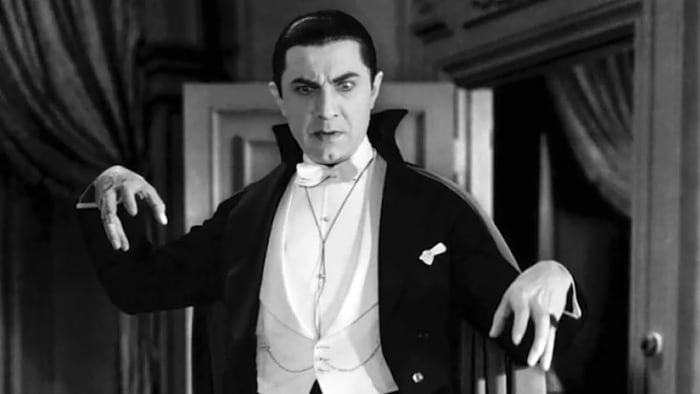
We were inclined to put Boris Karloff as Frankenstein in this spot. And if this list were about “greatest monsters,” we would. But Frankenstein is a misunderstood creature, and to us, not a true villain. But Bela Lugosi’s Dracula? He’s the guy. He wants to drain London of blood and turn every lovely lady he meets into one of his undead brides. That counts as unadulterated villainy if you ask us. His movie, directed by Tod Browning, began the Universal Monsters wave, leading to American horror films as we know them. He only appeared in one movie during this time, 1931’s Dracula, but he’s still the King Daddy of horror villains for the decade.
The 1940s – The Wolf Man (Lon Chaney Jr.)
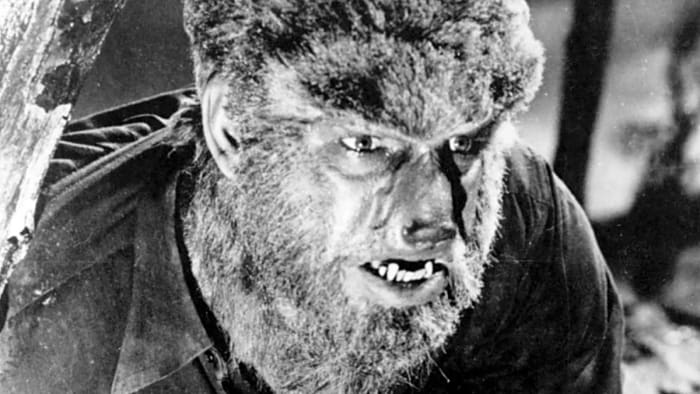
Much like Frankenstein, we tend to think of the Wolf Man as more of a misunderstood monster type. However, while Lyle Talbot, played by Lon Chaney Jr., starting with 1941’s The Wolf Man, is not a villain, his monstrous half, who loves to tear people apart, is. So, we’re going to count the wolf part of his personality as a villain in this ranking. And throughout the era of World War II and beyond, the Wolf Man ruled horror cinema, starring in four more movies through 1948. In the 1940s, no horror villain had audiences howling under the full moon more than the Wolf Man in the era of swing dancing and Frank Sinatra.
The 1950s – Rhoda Penmark (Patty McCormack)
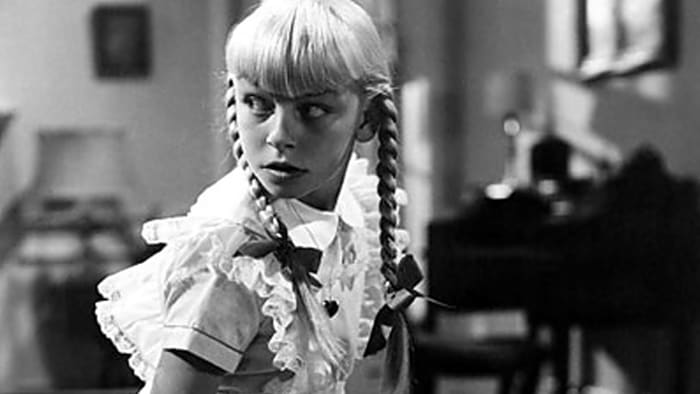
The ‘50s were a transitional time for horror movies. In America, it was all about aliens and atomic monsters. Japan, likewise, began to unleash its kaiju, like Godzilla. But none were really villains in the strictest sense. The same goes for the Creature from the Black Lagoon. However, one truly malevolent villain emerged in horror in the “All-American” decade, and that was Patty McCormack as little Rhoda Penmark in The Bad Seed. The adorable child who was born to kill was perhaps the first movie to show that even in the “perfect” ‘50s, behind the white picket fence, there was a cute kid ready to murder you for your shoes.
The 1960s – Norman Bates (Anthony Perkins)
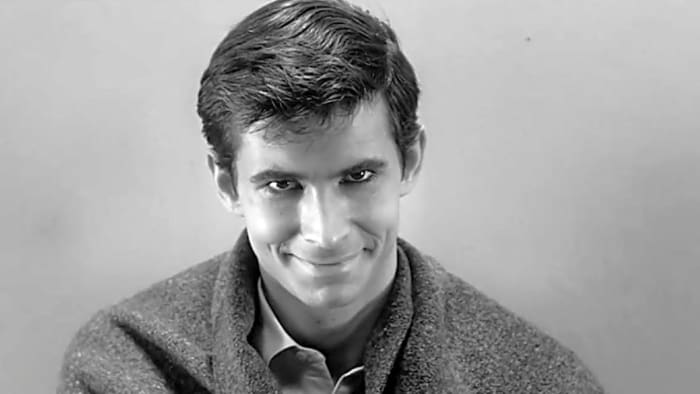
The modern horror era as we know it now truly began in 1960, in Alfred Hitchcock’s iconic Psycho. Norman Bates, who was based on real-life serial killer Ed Gein, looked like your neighbor and was not a mythical monster or an alien. He was a regular guy, hiding among us, and very human. But he still enacted evil acts with glee (or we should say, “Mother” did). Played to perfection by Anthony Perkins, Norman changed the face of horror as much as Frankenstein did a generation prior. The ‘60s saw the “American Dream” crack, in a decade filled with civil unrest and cultural shifts. And no one represented this fracturing more than Norman.
The 1970s – Michael Myers (Nick Castle)
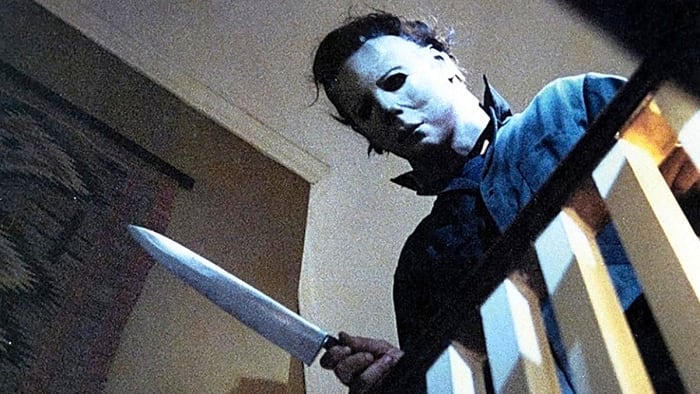
Yes, a strong case can be made for the demonic Pazuzu from The Exorcist, or Leatherface. But no one villain encapsulated ’70s culture’s fear like Michael Myers in John Carpenter’s Halloween. As suburbia began to sprawl out everywhere in America, Michael brought the horror home, literally and figuratively. Michael was the embodiment of everything the average American feared most. This was the notion that true evil might not come from external forces like Satan, but from our own “safe” neighborhoods. Even though he only appeared at decade’s end in 1978, it felt like the whole of the ‘70s was building toward Michael Myers’s arrival.
The 1980s – Freddy Krueger (Robert Englund)
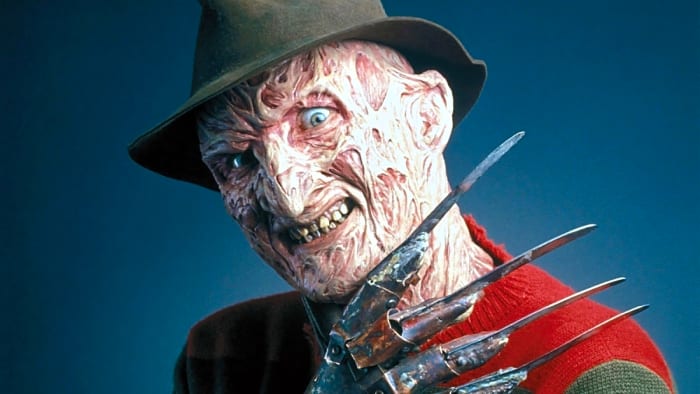
Yes, Jason Voorhees had more movies in the ‘80s, but we feel Freddy Krueger made the biggest cultural impact. Even President Ronald Reagan mentioned A Nightmare on Elm Street in a political speech once. Much like Michael Myers, Freddy encapsulated the fears of the era, the concept of true horror lying in wait within American suburbia. But while Michael Myers and Jason were silent killers, the razor-clawed dream stalker (as portrayed by Robert Englund), was mouthy, gimmicky, and colorful—much like the decade itself. While his fellow slashers have continued on in pop culture, Freddy’s mass appeal was born and died in the ‘80s, making him particularly emblematic of the decade.
The 1990s – Candyman (Tony Todd)
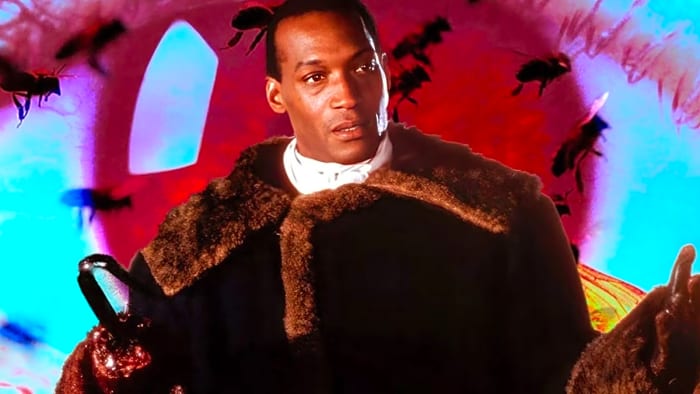
Scream’s Ghostface might be the icon of ‘90s horror. But since it’s multiple people across several films, we’d hesitate to count Ghostface as a singular villain. So our choice to represent the ’90s is Tony Todd as Candyman, whose real name was Daniel Robitaille. The hook-armed, spectral urban legend killer killed any fool who dared speak his name five times, but he represented so much more than modern myths. In the era of Rodney King and the L.A. riots, Candyman symbolized the ghost of America’s racist history and mistreatment of African-Americans made flesh, and appeared in three films during the decade. However, only the original film is truly great. Nevertheless, we give the ’90s to Candyman.
The 2000s – Jigsaw (Tobin Bell)
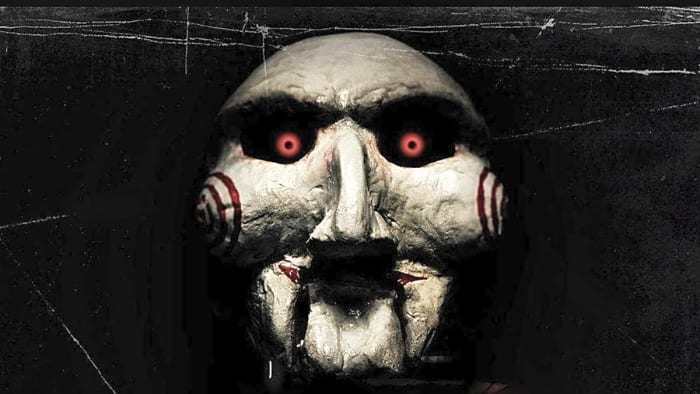
No horror franchise was bigger in the 2000s than Saw. And the face of the franchise, created by James Wan, was Jigsaw/John Kramer/Billy the Puppet. Aside from just the sheer amount of Saw movies released during that decade, it popularized the “torture porn” genre. This, of course, led to several others in the genre. In a grander sense, Jigsaw, with all his torturous devices and cruel games, coincided with real images of torture from the Iraq War spread online. Jigsaw reflected our cultural obsession with torture back at us, forcing us to ask ourselves why we enjoyed such imagery. He’s still around, with an eleventh film on the way. But the first decade of this century was his time.
The 2010s – Annabelle
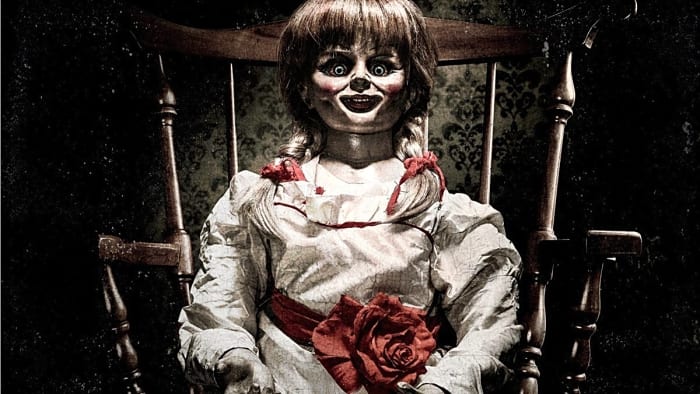
The 2010s saw horror move away from torture porn, and start to focus on a new wave of supernatural horror. None was more successful than The Conjuring franchise, focusing on paranormal investigators Ed and Lorraine Warren. The opening to the first Conjuring created a terrifying sequence focusing on the demonic doll called Annabelle, setting the tone for the franchise. Not only did Annabelle appear in all subsequent Conjuring films, but she got three films of her own. Pretty good for a creepy doll that just sits there. Not only did the creepy doll appear in more movies than any other horror villain in the 2010s, but she also symbolized a return to supernatural horror that decade.
The 2020s – Art the Clown (David Howard Thornton)
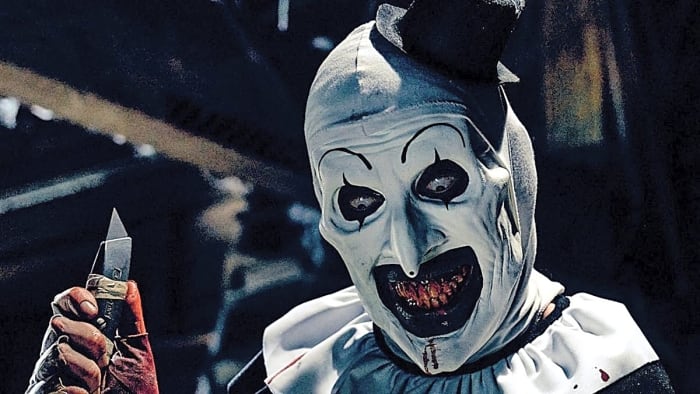
This decade is only half over, but we think it’s already crowned its horror royalty. The sadistic Art the Clown, star of the Terrifier series, has gone from cult figure to genuine movie star. Although he first appeared in 2016’s $55,000 indie film Terrifier, it was in the subsequent sequels, in 2022 and 2024, that turned him into a pop culture icon. Art is like a mute version of the Joker, whose films take gross-out horror to a whole new level. With a fourth film on the way, and packed haunted houses at Universal Halloween Horror Nights, the 2020s are Art the Clown’s era. That is, until someone else more sinister comes along, of course.
More must-reads:
- 20 A-list actors who regretted taking some of their most famous roles
- Movie remakes that didn't understand what made the original film work
- 20 movie stars you may not have realized also directed the movie
- 20 famous child stars who made big-time comebacks as adults
- The 20 most memorable characters from commercials
Breaking News
Trending in Entertainment
Customize Your Newsletter
 +
+
Get the latest news and rumors, customized to your favorite sports and teams. Emailed daily. Always free!
